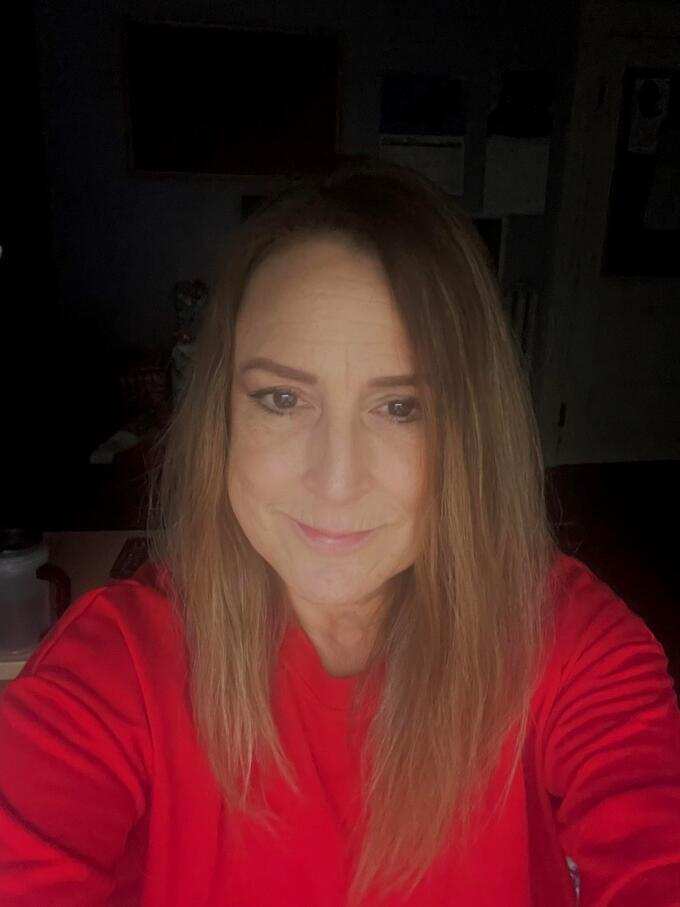Education, Drive and Support Helps to Build a Career After Incarceration
You are here
- Home /
- About /
- Success Stories /
- Education, Drive and Support Helps to Build a Career After Incarceration

When Kim was incarcerated at the Washington Corrections Center for Women (WCCW), she made up her mind to take advantage of any training and education opportunities that were available. “I was sentenced to 19.8 years and knew I had to keep my mind busy to stay sane so I decided to prepare for the day when I was released,” Kim shared.
After learning about an in-prison technical design program given by Tacoma Community College where she would learn about drafting design, Kim decided to sign-up. “After applying for the technical design program, I was told that anyone with over seven years left in their sentence could not participate in the class due to limited spaces. This did not stop me. I am a determined person and decided to write a letter to Olympia to plead my case. My outreach and plea were successful and I was finally accepted,” commented Kim.
Kim did not stop with her drafting and design education; she also realized that a business and web development education could be very useful. Kim stated, “Sixteen years ago when I was incarcerated, I knew that computers were our future no matter what you worked in, so I pursued other programs provided through the Freedom Education Project Puget Sound (FEPPS).” FEPPS is a college program open to people incarcerated at the WCCW. Kim continued to pursue her education to open up career paths and build her knowledge and skills.
She enrolled in the one-year web development course and received her certificate while also pursuing an AA degree to refine her business skills. Kim’s original plan was to work all her skills into an architecture career, but then moved into a manufacturing/planning career after also taking the AJAC Manufacturing Academy training located in WCCW and realizing that all her education could funnel into aerospace programming, planning and manufacturing.
“My release date from WCCW was moved up and after 16 years in prison, I was released to the Helen B. Ratcliff Reentry Center in Seattle, a work release program where I am continuing to serve my sentence as I transition back into the community,” shared Kim.
Meghan Harkins, the Community Corrections Officer (CCO) at the Helen B. Ratcliff Reentry Center assigned to Kim, told her about Pioneer’s Roadmap to Success (RTS) job-readiness training program. “My CCO wanted me to succeed and directed me to Pioneer as another resource and potential employer. Now that I had more education and a different skill set, I needed to learn how to present myself to employers,” said Kim. "I had some catching up to do after being incarcerated for 16 years,” she added.
“Pioneer’s Roadmap to Success class was just what I needed. Mr. Castillo, the instructor, took one look at my three-page resume and helped me to pare it down to a concise statement and list of my skills and education. Abrahm Moils, case manager, worked with me regarding my needs and available resources. I was also guided on how to speak about my past, and communicate my goals and future plans,” Kim stated.
She added, “While I was in class, Pioneer Industries’ (PI) aerospace manufacturing management visited and spoke about the business. Greg Burgess, PI production supervisor, talked about CNC machining and the various career possibilities in aerospace. He had been formerly incarcerated and moved up to the supervisor role at PI. Greg was a good role model for me and gave me a glimpse of what I could attain if I worked hard for it.”
While in RTS, Kim decided to accept a tech job with PI. Her goal is to learn the various CNC machines and possibly move into an aerospace programming or planning role down the line to utilize all her education attained while in prison. “Pioneer hired me regardless of my past incarceration. They want me to experience success and urge me to stay focused on my future. It is great to have the RTS staff working above the plant floor where I work for easy access to any needed support and advice. I am realizing that the sky is the limit if I work smart and hard,” Kim concluded.

